For a while I have been wondering what it is like to drive a hydrogen car in real life. Until now I have only been on a test drive of a BMW and Honda Clarity Fuel Cell at ITF 2016 Summit. It was entertaining, and feels like driving any electric car, but it can never give an experience one has living with it.
It is the end of 2018 and in the US some bloggers are getting their hands on the Hydrogen cars that are coming to market.
It seems that driving a hydrogen car today is difficult and expensive. You can solve the first problem by adding more fuelling stations, but it seems that solving the high fuel cost is going to be hard, if not impossible. This is because Hydrogen is a fossil fuel made mostly from natural gas, coal and oil (and 4% from electricity), and those are unlikely to get much cheaper. There are also some efficiency problems, as I have mentioned in this blog before.
Enjoy the video!
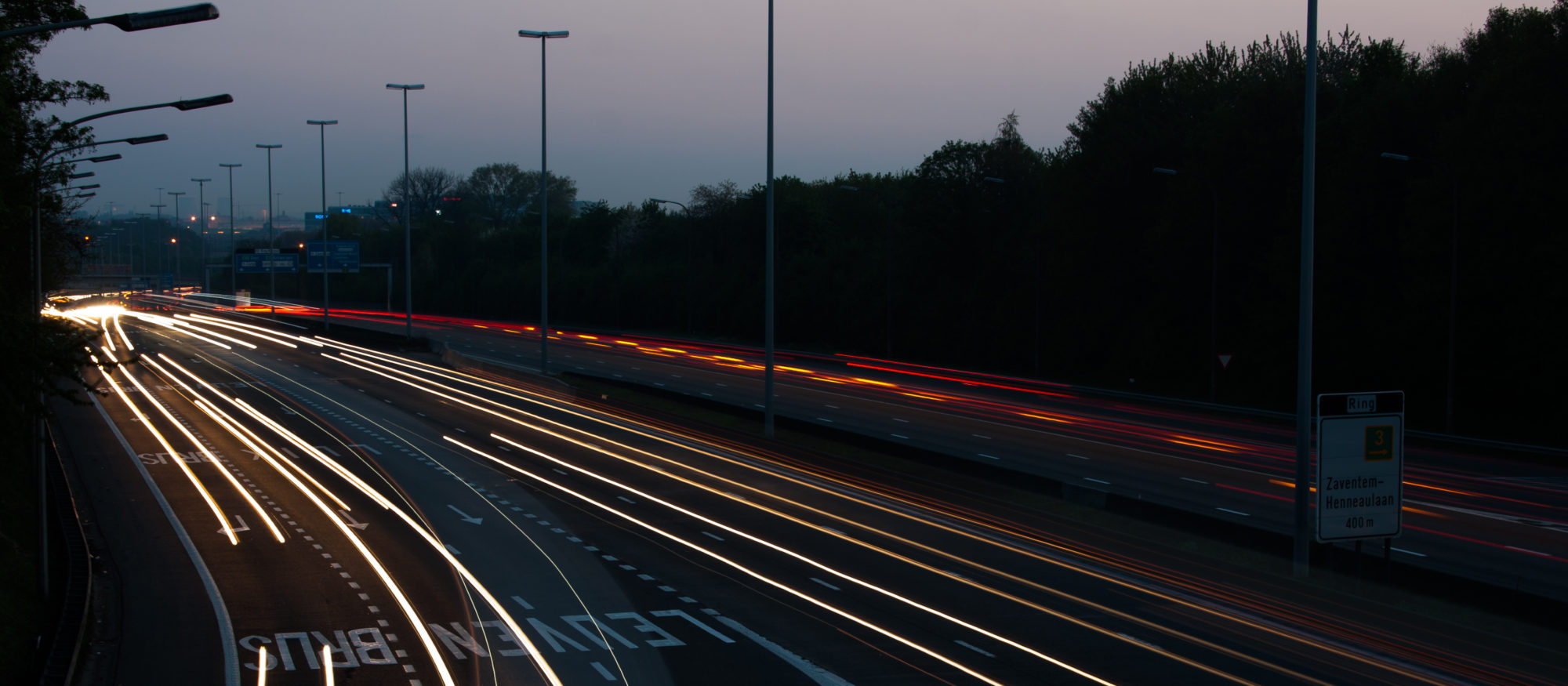
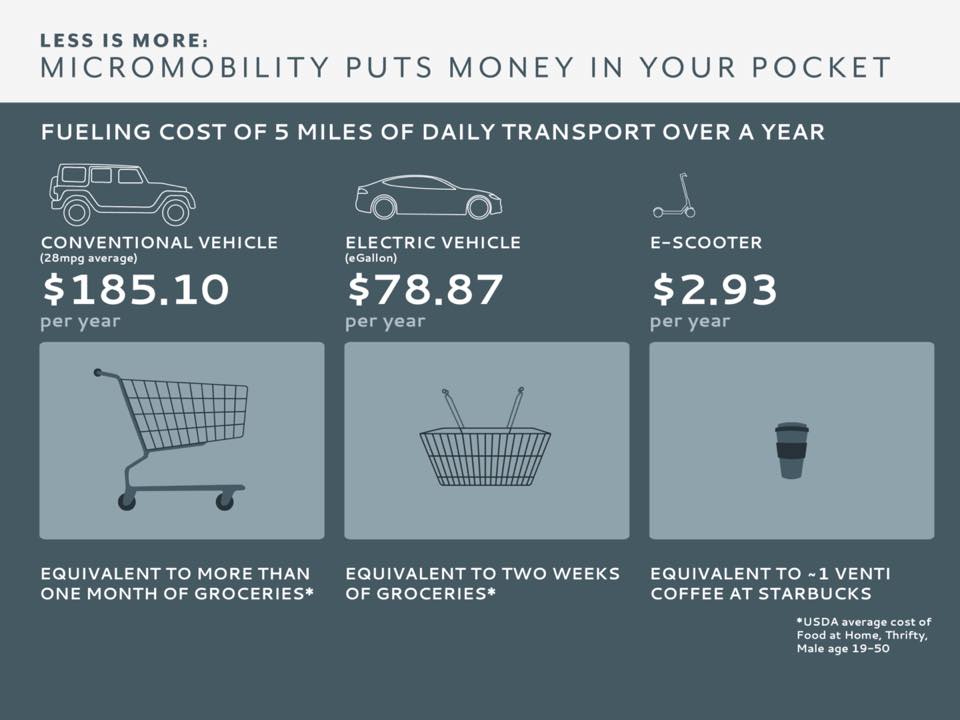
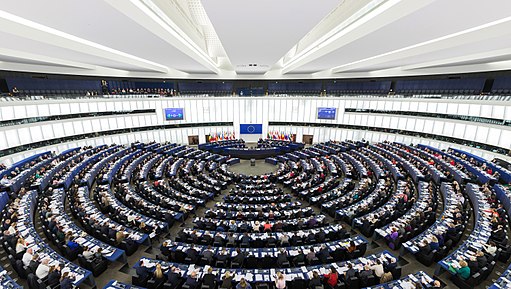
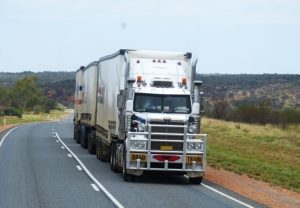 In most countries the heavy goods vehicles are those freight vehicles with a gross mass greater than either 3.5 t or 4.5 t. The maximum allowed weights and dimensions of road freight vehicles are regulated and vary in each country. High Capacity Vehicles (HCVs) are vehicles that exceed the general weight and dimension limitations in the country and are usually operated in limited geographical areas or on specific routes in the country under a special regime. Therefore, a 5-axle vehicle that is 22m long with the mass of 44 tons could be considered a HCV in one country, but would fall into the general freight vehicles category in another country.
In most countries the heavy goods vehicles are those freight vehicles with a gross mass greater than either 3.5 t or 4.5 t. The maximum allowed weights and dimensions of road freight vehicles are regulated and vary in each country. High Capacity Vehicles (HCVs) are vehicles that exceed the general weight and dimension limitations in the country and are usually operated in limited geographical areas or on specific routes in the country under a special regime. Therefore, a 5-axle vehicle that is 22m long with the mass of 44 tons could be considered a HCV in one country, but would fall into the general freight vehicles category in another country.

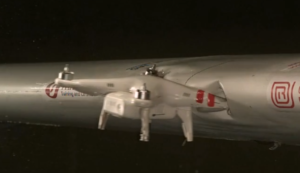
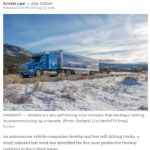
 The documentary “
The documentary “